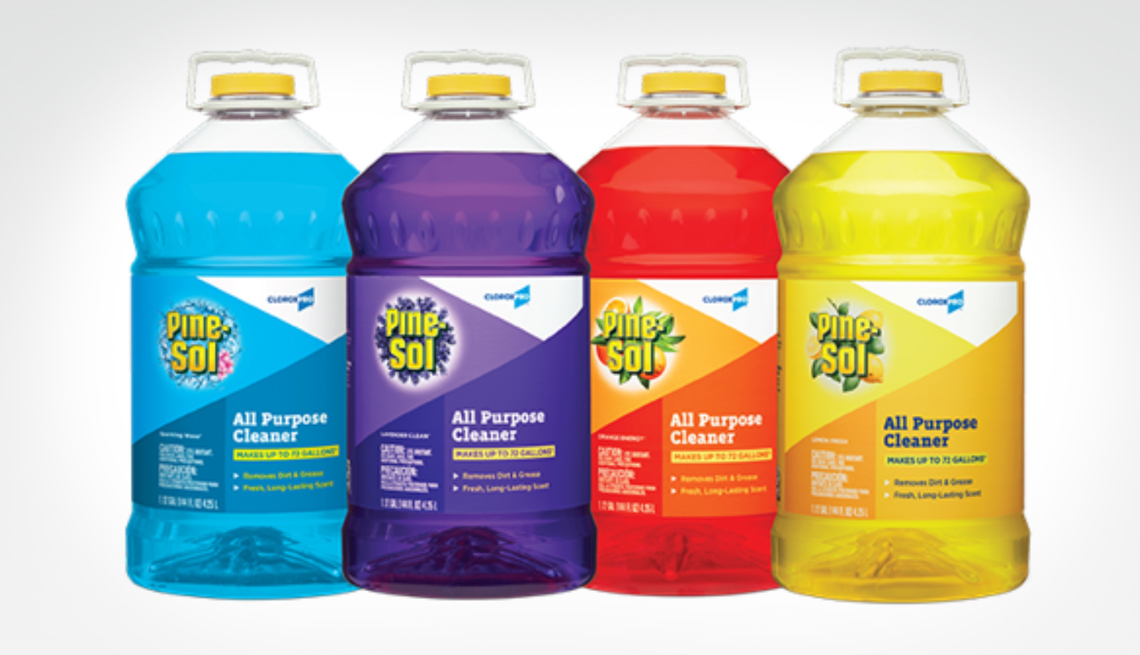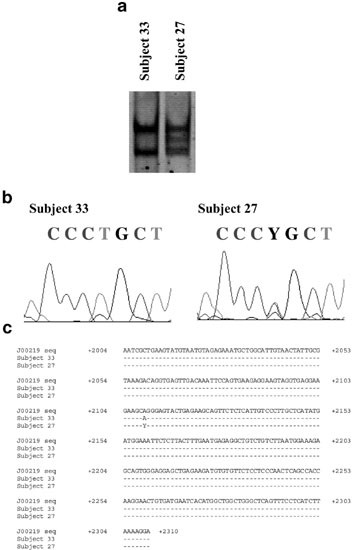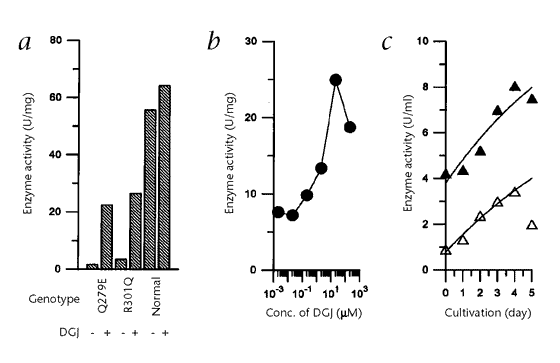
- Select a language for the TTS:
- UK English Female
- UK English Male
- US English Female
- US English Male
- Australian Female
- Australian Male
- Language selected: (auto detect) - EN
Play all audios:
Clorox recalled approximately 37 million bottles of Pine-Sol products because they may be contaminated with _Pseudomonas aeruginosa_, a bacteria that can cause serious infection in people
with weakened immune systems or external medical devices. The recalled products were produced between Jan. 2021 and Sept. 2022 including: * Pine-Sol Scented Multi-Surface Cleaners in
Lavender Clean, Sparkling Wave, and Lemon Fresh scents * CloroxPro Pine-Sol All Purpose Cleaners, in Lavender Clean, Sparkling Wave, Lemon Fresh, and Orange Energy scents * Clorox
Professional Pine-Sol Lemon Fresh Cleaners The bottles have date codes beginning with the prefix “A4,” followed by a five-digit number less than 22249. They were sold in 28, 48, 60, 100, 144
and 175 fluid ounces. Original Pine-Sol (pine scent) is not affected. The recalled products were sold by Amazon.com, Walmart, Sam’s Club, Dollar General, Target, Home Dept, BJ’s, Kroger,
Dollar Tree, Lowe’s, Publix and other major retailers. Anyone who purchased the affected products should stop using them immediately. To obtain a refund, take pictures of the 12-digit UPC
code and the date code on the packaging. Then, throw it away, and contact Pine-Sol for a full refund. Find the CPU code to obtain your refund Courtesy of Clorox If you have the receipt, you
will receive a full refund of the purchase price. Those without a receipt will receive a refund in the amount of the manufacturer’s suggested retail price. Complete this form or call
1-855-378-4982 to submit a request for reimbursement. Refunds will be provided by check in four to six weeks. Other concerns may be addressed by going to PineSolRecall.com for frequently
asked questions, emailing [email protected], or calling 855-378-4982. No incidents or injuries resulting from using the affected bottles have been reported. WHAT IS _PSEUDOMONAS
AERUGINOSA_? _Pseudomonas_ a type of bacteria that is found in the environment, like in soil and water. It may enter the body through the lungs, eyes or beak in the skin and infect the
blood, lungs or other parts of the body, according to the Centers for Disease Control and Prevention (CDC). Those most at risk include people in hospitals, especially those on breathing
machines, with devices such as catheters, or with wounds from surgery or burns. Infections are generally treated with antibiotics. In 2017, multidrug-resistant infections of _Pseudomonas
aeruginosa _caused an estimated 32,600 infections among those in a hospital setting, resulting in approximately 2,700 deaths, said the CDC.








